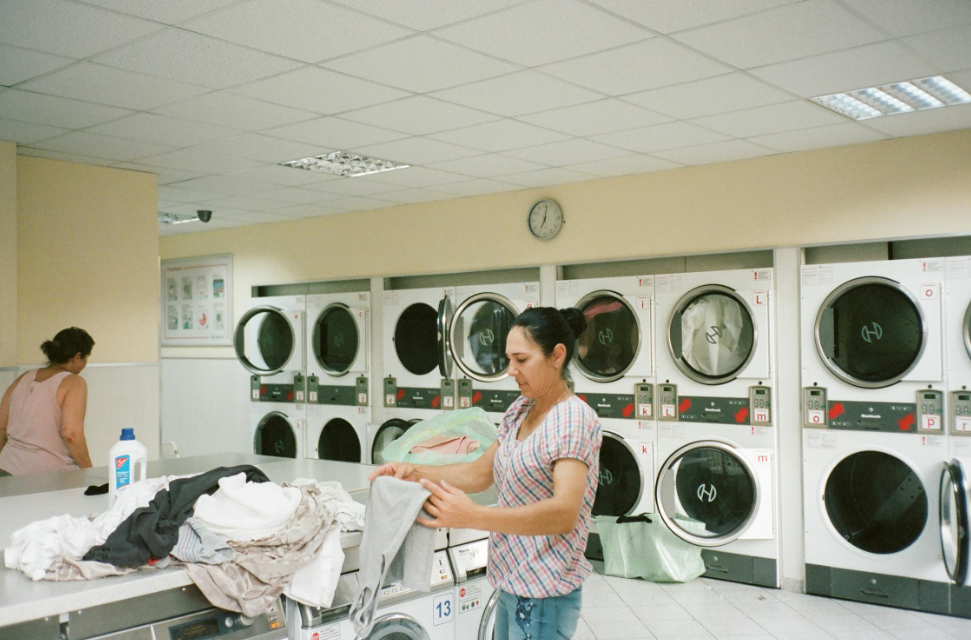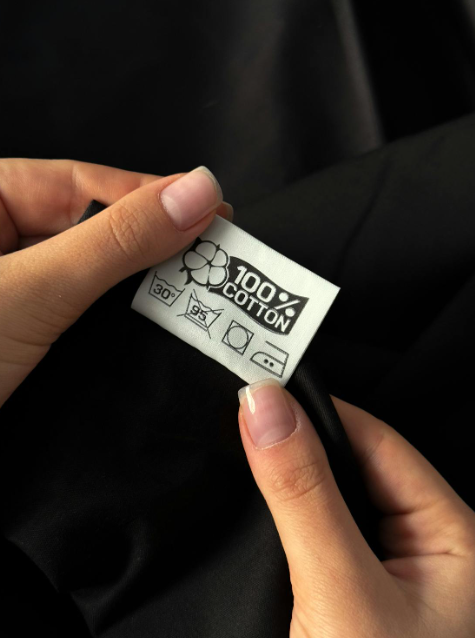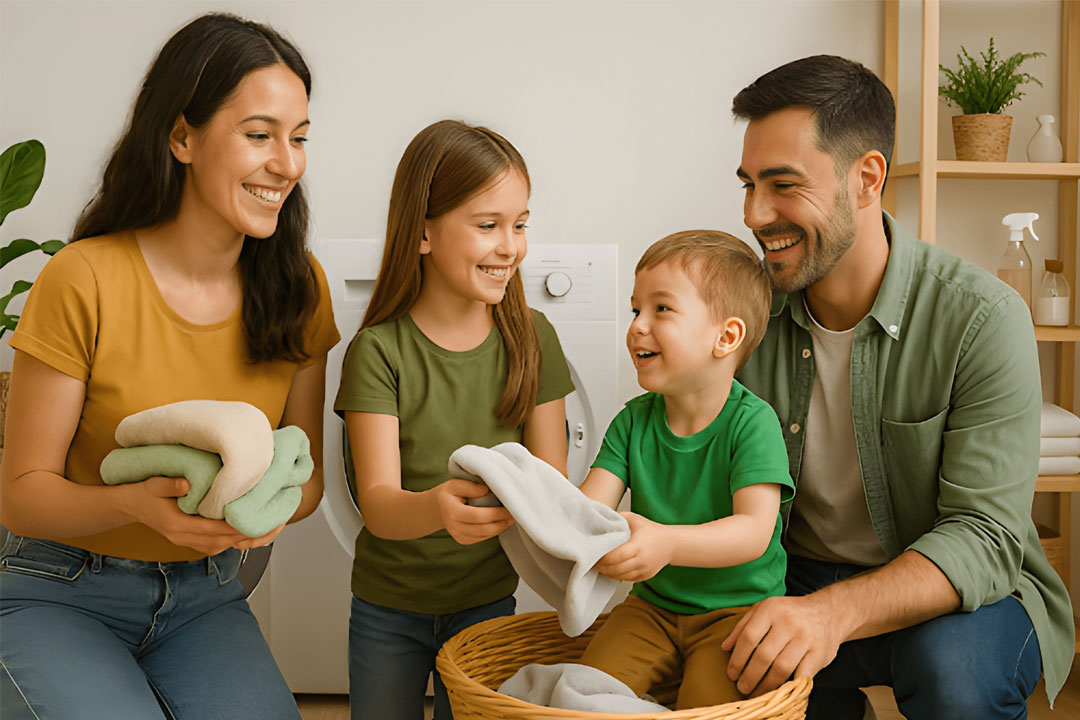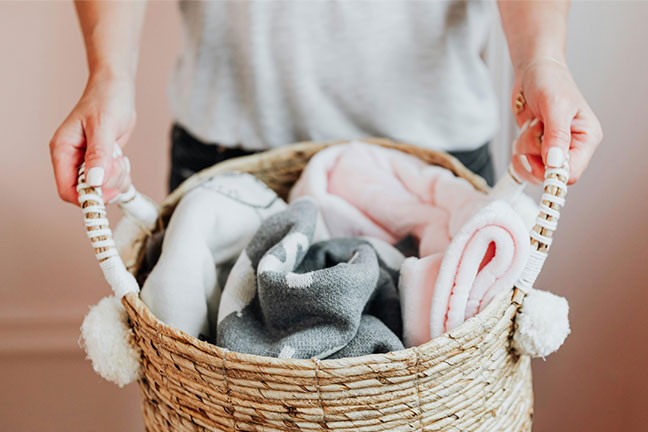Written by: Lena Bakovic
Reviewed by: Martin Wolf
If you’ve ever tried switching to eco-friendly cleaning products, you know it’s not always the smoothest journey. Between labels that sound greener than they are, products that underdeliver, and the occasional skepticism about whether they actually work, it’s easy to feel overwhelmed. I’ve been there too. When I first swapped out my traditional detergents and sprays, I had more questions than answers.
So, I decided to ask the people who know this world best—the leaders behind eco-friendly laundry and cleaning companies who’ve been testing, reformulating, and educating for years. What I learned completely changed how I think about sustainability in everyday life.
Here are five lessons they shared.
Lesson 1: Less Really Is More When It Comes to Laundry
When I first started using eco detergents, I remember thinking, “That can’t possibly be enough soap.” Like many of us, I’d been conditioned to equate big suds with big cleaning power. But as Nelson Tao, CEO of Press Cleaners, told me during our chat, “The single most important lesson I’ve learned about sustainable laundry products is that less is truly more.”
He’s right. Overloading on detergent can leave residue, make clothes stiff, and even shorten their lifespan. Modern formulas, especially concentrated and sheet-style detergents, are designed to perform best with minimal product and cold water. Once I started trusting the science, my clothes came out cleaner, softer, and fresher. Plus, it feels good knowing I’m not pouring excess detergent (and money) down the drain.
Quick takeaway: When it comes to eco-friendly laundry, restraint is powerful. You could be saving product, water, and energy all at once.

Lesson 2: “Eco-Friendly” Means Different Things to Different Brands
Here’s a truth I wish I’d known earlier: not all green labels are created equal. Words like “natural” or “non-toxic” sound reassuring, but they’re not regulated terms. Neel Parekh, Founder & CEO of MaidThis Cleaning, put it best: “Just because something is labeled ‘eco-friendly’ doesn’t mean it’s actually effective or non-toxic.”
He’s learned, and I now agree, that it’s all about transparency. The next time you’re shopping, take a moment to check:
- Are the ingredients biodegradable and non-toxic?
- Does the packaging say it’s recyclable or compostable?
- Are there third-party certifications like EPA Safer Choice or EWG Verified?
I started using this checklist myself, and it’s simplified things. It’s not about memorizing every ingredient—it’s about looking for honesty and clarity in what you’re buying.
Pro tip: If a brand doesn’t clearly explain its sourcing or sustainability practices, that’s usually a red flag.

Lesson 3: Ingredient Safety = Real Sustainability
A product can have a leaf on the label and still hide harsh preservatives or allergens. For me, this one hit home when a “green” detergent left my skin irritated after a few washes.
Bill McGrath, Owner of So Clean of Woburn, shared something that stuck with me: “EPA Safer Choice certified products actually clean better than traditional harsh chemicals while protecting your health.” His team made the switch after noticing how conventional cleaners caused respiratory issues for staff and clients. They saw immediate benefits, including fewer sick days and happier customers.
Since then, I’ve made it a rule to look for products that are:
- Fragrance-free or naturally scented
- Free of phthalates, ammonia, and formaldehyde
- Certified by a credible organization like EPA or ECOCERT
The peace of mind that comes from using products safe for your home and the planet? Totally worth it.
Lesson 4: Performance Still Matters (and It’s Finally There)
Let’s be honest: if something doesn’t clean well, you won’t use it—no matter how sustainable it may be. I learned this the hard way when early “green” cleaners left streaks or dull fabrics. But as technology has evolved, so have eco products.
Today’s best formulas rely on enzymes and smart chemistry to tackle grime as effectively as conventional cleaners. Think of it as science meeting sustainability. “Green cleaning doesn’t mean giving up results,” as one formulator told me. “It just means cleaning smarter.”
After trying brands like HeySunday, I can honestly say I’ve stopped worrying about compromise. My clothes are clean, my conscience is clear, and my laundry shelf has never looked more organized.
Lesson 5: Education Is the Missing Ingredient
Even the most sustainable product won’t make a difference if people don’t know how to use it. That’s why the best eco companies are doing more than selling—they’re teaching. From explaining how to wash in cold water to sharing behind-the-scenes details about sourcing, education builds trust.
As Nelson Tao reminded me, “Overdosing on detergent doesn’t get clothes cleaner—it actually attracts more dirt and dulls colors.” Once I stopped overpouring and learned that many eco formulas are optimized for cold water, I saw real savings on energy and cleaner results.
And it’s not just consumers learning; companies are training their teams to reduce waste, use safer techniques, and prioritize wellness. That ripple effect matters.

Final Thoughts: Clean Homes, Clear Conscience
Here’s what I’ve realized after talking to these experts, and from making my own messy switch to eco-friendly living: it’s not about perfection. It’s about progress.
Every small change adds up. Whether you switch to laundry sheets, double-check a product label for sustainable ingredients, or start washing on cold, you’re already doing something that matters. For me, switching to sustainable cleaning wasn’t just about being “eco-conscious.” It was about creating a home that feels healthier and more mindful.
If you’ve been thinking about trying something new, start small. You might be surprised how easy (and satisfying) it feels to clean in a way that’s better for you and the planet.




